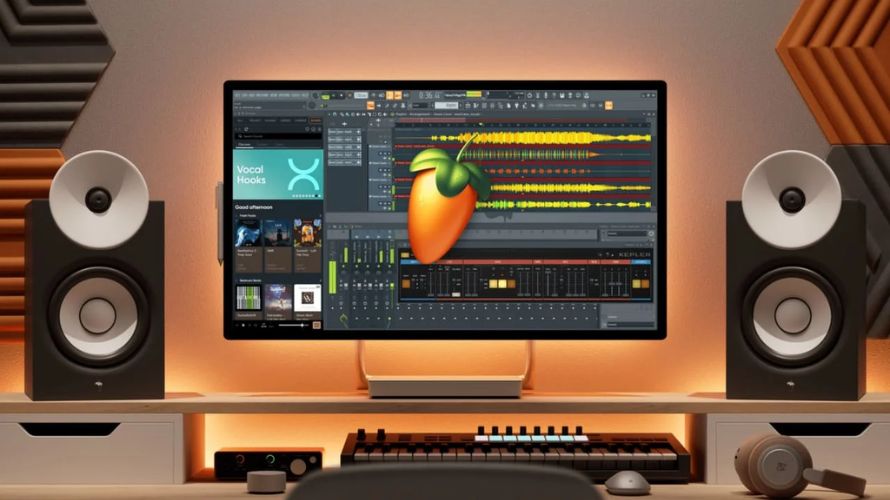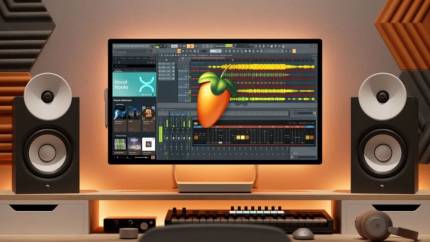FL Studio Section Transitions: Smooth and Dynamic
- 9 February 2025

Smooth and dynamic section transitions are essential for creating a professional-sounding track. In FL Studio, achieving seamless transitions involves a combination of techniques.
- Volume Automation: Volume automation is a fundamental tool. Gradually decrease the volume of the outgoing section while simultaneously increasing the volume of the incoming section to create a smooth fade.
- Panning Automation: Panning automation can also be used to subtly shift the stereo image between sections.
- Crossfades: Consider using crossfades for a more polished transition. FL Studio's automation clips allow you to precisely control these parameters over time. Experiment with different automation curves to find the perfect feel for your track.
- Effects and Filters: For more dynamic transitions, consider using filter sweeps or other effects. Automate the cutoff frequency of a low-pass filter to create a dramatic build-up or drop.
By carefully crafting your section transitions, you can create a listening experience that is both engaging and seamless.

